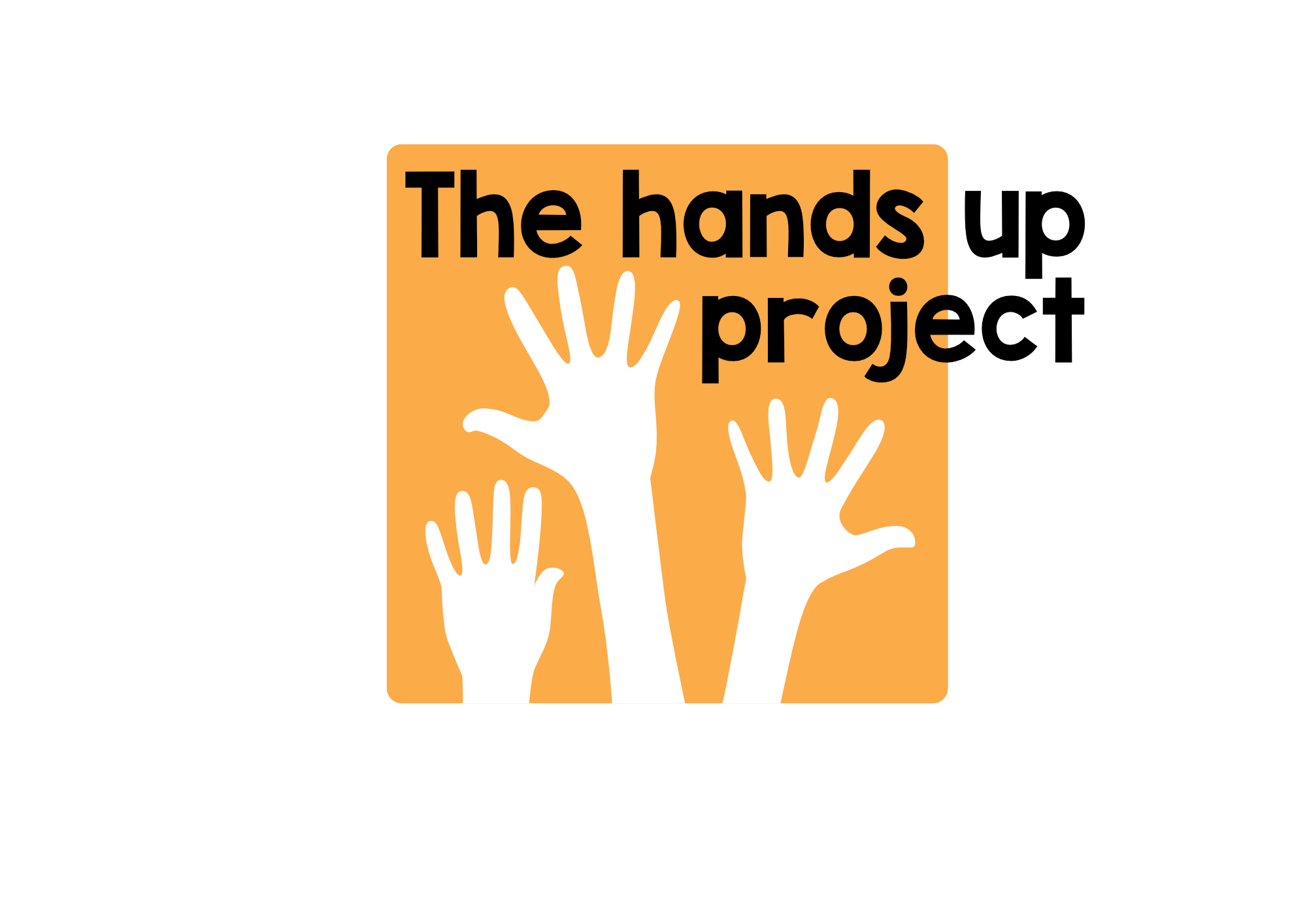A new adventure begins..
This week another Hands up project volunteer, SIBEL KARATAŞ, a teacher of Turkish and English based in Berlin writes about her experiences working with a large girls group in Hebron, Occupied Palestine…
When I was first asked if I wanted to do online sessions with students from disadvantaged areas, I got really excited and a bit scared. As a non-native teacher of English, I had my doubts about whether I could have an effective communication with the students over a video conference. Not only was it going to be a strange way of communicating, but also it was teaching students that I had no information about. Of course I would get the information I needed before the session, like their age, level, and number of students in the class. But, would that be enough to be able to really reach the students without being amongst them, without being one of them? Would they be willing to do this, would their English be enough to understand the instructions and the story I would tell them? Would they like my way of storytelling. How about their psychology? They could be mad at the whole world including me. And most importantly, could I really do this successfully as this would be my first experience? These were the questions that were difficult to answer before diving in.
Nasreddin and the dinner party
After Nick’s training about how to do an online storytelling session and after I watched one of his sessions, it became more concrete in my mind. Since then, I have considered it as an invaluable opportunity to make a difference in these students' lives and to have a satisfying experience for my career.
In every session, I see that the students are so self-confident, eager and motivated, and I should try even harder to satisfy them in every session. One more thing that I am impressed with is that they are full of love, and they look much happier than most students living in much better conditions.
The session I am going to write about was with the students from Hebron, a Palestinian city. They are 13 or 14 years old and their English level is quite good. At the beginning of the session, students performed the story they did the previous week. It was well prepared and fun to watch. As the warm up sets the tone for the rest of the session and gives an idea of what to expect from that session, it was important to start with a warmer which was gripping and related to the story. So, I started describing a picture from the story, Nasreddin and the Dinner Party, and asked them to draw what I described. When they were finished, some of them showed me their drawings and I showed them the real picture, introducing them to the main character of the story they were going to hear in that session.
Then I told the story, changing the tone of my voice according to the characters, speeding up and slowing down according to the importance of the parts. After we talked about the moral of the story, I showed them jumbled pictures of the story and asked them to put the pictures in the correct order. With the help of pictures, students could visualize the story they listened to and complete the blanks in their minds related to the parts of the story they didn’t understand fully while I was telling it.
For the next activity, I showed some of the lines of dialogues from the story and asked the students to say which character in the story said each one. Then, I showed them some sentences in jumbled order and asked them to unjumble them. In that way, they saw the summary of the story in written form twice in these two different activities. These sentences were deliberately chosen to give the complete summary of the story and to repeat new vocabulary for the students to have a better understanding. And they were ready to retell the story.
Some of them were fine, some of the were great.. But all of them gave the impression that they paid attention to what I did during the session, had fun and comprehended enough to retell it in their own words. That was more than enough for me.
Retelling a story is an opportunity for the students to think about the story’s elements such as setting, characters and plot. As the students retell the story from memory, it makes them focus on how to create and organize the story, rethinking about the vocabulary and structures that they have learnt during the session. It is an effective way of developing critical thinking and speaking skills. That’s why I am planning to do a retelling activity at the end of each session.
Next week they will perform the story and I am looking forward to seeing their performance. I also want to thank their lovely and dedicated teacher, Nabiha.
Sibel KARATAŞ

